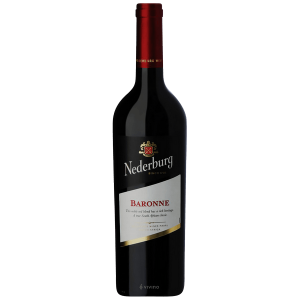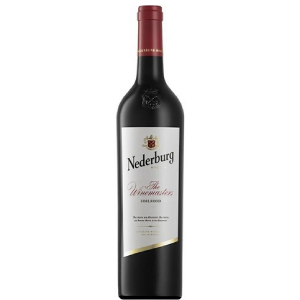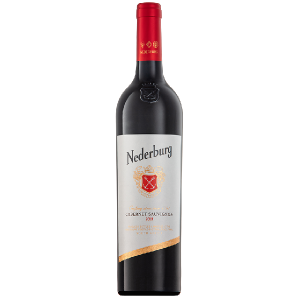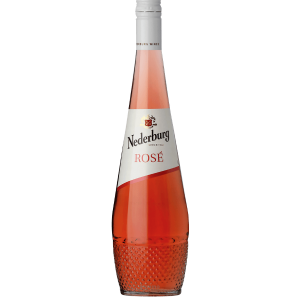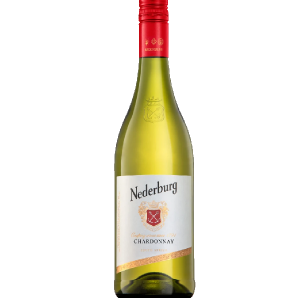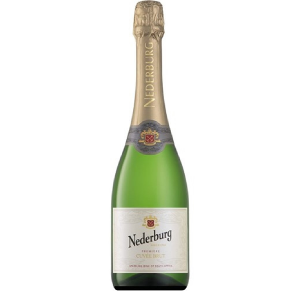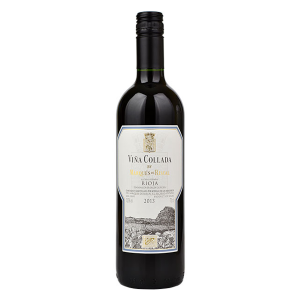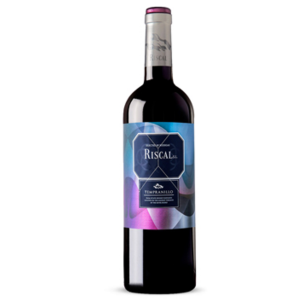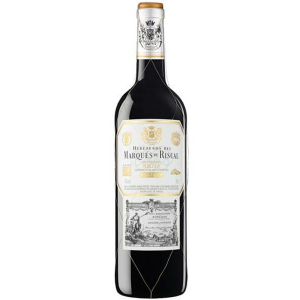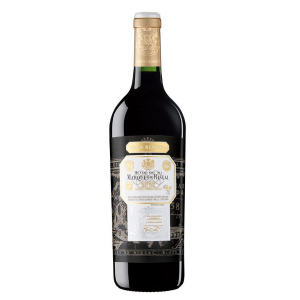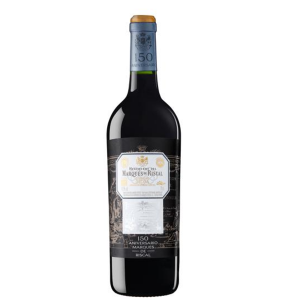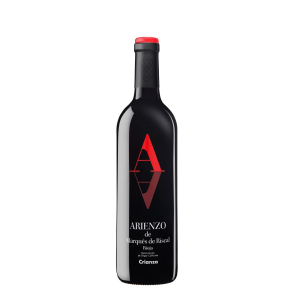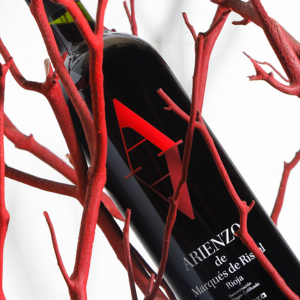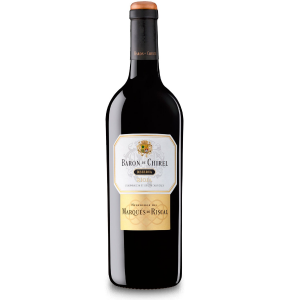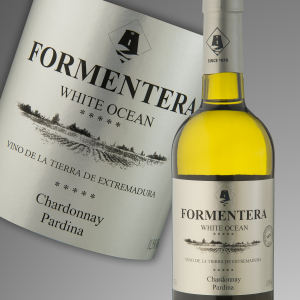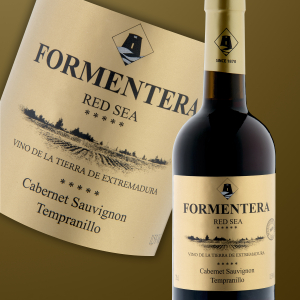Product Filter
-
NEDERBURG BARRONE
KES1,780Baronne is Nederburg’s all-time favourite red blend and also one of South Africa’s most perennially popular and trusted wines.
Baronne
This smooth-drinking Cabernet Sauvignon-led blend, which includes Shiraz, is the perfect partner to steakhouse fare.COLOUR Deep ruby.
BOUQUET Alluring aromas of spicy dark blue and black berry fruit.
PALATE Juicy, soft and plush in the mouth with blueberry, cassis, a twist of pepper and cinnamon. Rich and textured. -
NEDERBURG EDELROOD
KES1,680The grapes were sourced from top-performing vineyards situated in the Darling and Cape Town districts, both cool climate winegrowing areas with the benefit of slower ripening of the grapes to achieve greater flavour intensity. The vines are grown in granite soils with good water-holding capacity, resulting in grapes with a higher natural acidity, adding to the freshness and longevity of the wine. Open vineyard canopies bring about greater sunlight penetration of the grape bunches, contributing to a well-balanced acidity, in turn contributing to better tannin structure and fruit expression as well as deeper colour intensity.
Colour Garnet red.
Bouquet Attractive aromas of rich cherry and berry fruits with subtle fennel, liquorice and cigar box.
Palate Black cherry and ample hedgerow fruits that vie with tobacco leaf, cigar box and cedar adding a savoury nuance, along with spice highlights. Rich, smooth, supple and elegantly poised. -
NEDERBURG CABERNET SAUVIGNON
KES610 – KES1,780The grapes were sourced from top-performing vineyards situated in the Darling, Cape Town and Ceres districts, all cool climate winegrowing areas with the benefit of slower ripening of the grapes to achieve greater flavour intensity. The vines are grown in granite and sandstone soils, resulting in grapes with a zestier and higher natural acidity, which adds to the freshness and longevity of the wine. Open vineyard canopies bring about greater sunlight penetration of the grape bunches, contributing to more balanced acidity, in turn making the wine deliciously palatable.
Colour Crisp with a touch of lime green.
Bouquet Aromas of a highveld thunderstorm and flinty, grassy smell with zingy lemon and granadilla notes.
Palate Dusty flint with lemon zest and marmalade flavours can be found on a balanced, refreshing palate. Vivacious acidity is poised by juicy fruit nuances with some granadilla and tropical notes noticeable. -
NEDERBURG ROSE
KES1,120The fruit for this wine came from vineyards located on the Nederburg farm in Paarl. Close proximity to the cellar is beneficial on two fronts: retaining freshness and minimising skin contact to achieve a light onion colour in the wine. Planted in 2007 in shale, with good water-holding capacity to buffer soil against heat waves and to protect the freshness of the fruit. The vines are trellised on vertical systems, with sufficient sunlight penetrating into canopies for more balanced acidity in the eventual wine
Colour Blush pink.
Bouquet Tempting aromas of ripe orange melon, cling peach and subtle caramel with a shy hint of cherry and pomegranate.
Palate Melon, cherry and pomegranate with revitalising juiciness and a subtle floral note. Rounded and ripe with pleasantly refreshing acidity throughout. -
NEDERBURG CHARDONNAY
KES1,520The Chardonnay grapes were sourced from top-performing vineyards in Darling and Stellenbosch. These are known as cool climate winegrowing areas, offering the benefit of slower ripening of the grapes to achieve greater flavour intensity. The vines are grown in granite and sandstone soils, resulting in grapes with higher natural acidity, adding to the vibrancy, freshness and longevity of the wine. The vines, ranging in age from 12 to 17 years, and situated on mostly south to south-westerly facing slopes, received supplementary drip irrigation. Grafted onto phylloxera-resistant rootstocks, Richter 99 and 101, the vines yielded an average of 8 to 10 tons per hectare. The Albariño grapes came from Stellenbosch, the Chenin blanc from Swartland, and the Gewürztraminer from Paarl.
-
NEDERBURG CUVEE BRUT
KES1,320Made from Chenin Blanc and Sauvignon Blanc grapes, this fresh and fruity non-vintage sparkling wine was left on the lees (residual yeast) for almost two months prior to final blending.
Colour: Strikingly clear with a vivid sparkle.
Bouquet: Subtle pear and floral fragrances.
Palate: Pear flavours with preserved quince and other stone fruit like nectarine and apricot. A notably acidic, citrus tang keeps it fresh, light and festive. Succulent and suitably fizzy. -
Vina Collada Proximo Rioja
KES1,680The Marqués de Riscal Viña Collada Rioja impresses with its elegantly dry taste. It was placed on the bottle with only 2.3 grams of residual sugar. This is a real quality wine that stands out clearly from simpler qualities and so this Spaniard naturally enchants with the finest balance in all dryness. Excellent taste does not necessarily require sugar. This velvety red wine is impressive and multifaceted on the palate. Thanks to the balanced fruit acid, the Viña Collada Rioja flatters with a soft mouthfeel, without letting it miss juicy liveliness at the same time. The finale of this well ripened red wine from the wine-growing region of La Rioja, more precisely from the Rioja DOCa, finally convinces with considerable reverberation.
The Viña Collada Rioja by Marqués de Riscal presents a dense ruby red colour. The nose of this Marqués de Riscal red wine reveals all kinds of shade morals, mulberries, plums, plums, plums and black cherries.
-
Riscal 1860 Vino De la Tierra
KES1,140 – KES2,040Marqués de Riscal is one of the oldest Rioja wineries. Founded in Elciego (Álava) in 1858 by Guillermo Hurtado de Amézaga, from the outset it has been a point of reference in the winemaking business at both national and international level. Throughout its history, Marqués de Riscal has always been an innovating, pioneering cellar and reference in a constantly changing winemaking sector. Thay seek to make wines which are original, fresh, elegant and easy to drink. Since the beginning they have always had a clear vocation for creating the quintessential Spanish wines from Rioja. Barón de Chirel, the first “signature wine”, launched in 1986 was the precursor of the so-called “new era” of Rioja wines. This wine is produced on a very limited scale and only in the best vintage years, in which the character of the vineyard, the soil and the variety are expressed as part of a single, harmonious whole.
-
Marques de riscal Reserva
KES2,340 – KES21,720Marqués de Riscal Reserva is one of the most famous wines in Spain, due to its long history, consistent high quality and also for the many literary references it has inspired over the years.
Very versatile and a faithful example of a Rioja wine, Marqués de Riscal Reserva has been enjoyed for generations by wine lovers all over the world, and praised by celebrities from the world of the arts and culture such as Ernest Hemingway, Salvador Dalí or Frederick Forsyth.
Famous for its bottle wrapped in a metallic gold mesh, today it can be found in over 100 countries, and it is regarded as a benchmark for Rioja red wines. This wine stands for the dreams of the previous generations at Marqués de Riscal.
-
Marques de riscal Gran Reserva
KES8,160Marqués de Riscal Gran Reserva is a timeless wine which represents almost two centuries of the winemaker’s skill. It has the traditional style of the Rioja Alavesa, recalling the aspirations of the founders of the bodega back in the 19th century.
The experience and know-how of the bodega ensure that the best vintages of this wine will keep for 50 years or more in the bottle, preserving a delicious flavour for sure. A wine for eternity.
-
Marques de riscal 150 Anniversary
KES10,800Marqués de Riscal 150 Aniversario Gran Reserva is a wine which is only made in excellent vintages, originally created to mark the bodega’s 150th anniversary, as well as the history and winemaking traditions of the Rioja Alavesa.
In order to make the wine the mainly tempranillo grapes are harvested from some of the region’s oldest vineyard plots, with a minimum age of 80 years. These are generally venerable, low yielding vines which produce some of the most concentrated and flavoursome fruit of the harvest.
This wine combines modernity and tradition, offering complexity and freshness, power and flexibility; it is undoubtedly the most genuine expression of the Rioja Alavesa.
-
Marques de Arienzo Crianza
KES2,280Arienzo de Marqués de Riscal is an oaked Crianza wine which is noted for its great versatility. It has the purest essence of a Rioja combined with the highest standards of quality. Arienzo is a wine that can be enjoyed at any time and on any occasion.
Perfect those who like to make wine a part of their lives, for those who like music, art, sport or travel. It is a wine for original, daring, modern and engaged spirits. Arienzo is, without a shadow of a doubt, a new way of understanding wine.
-
BARON DE CHIREL RESERVA
KES15,960Barón de Chirel Reserva is a modern classic which showcases the identity, tradition and modernity of Rioja.
The first vintage of Barón de Chirel, in 1986, was a response to the growing interest in fine quality Riojas. Since the outset, Marqués de Riscal has had very close ties with the winemaking methods of Bordeaux. At around that time Marqués de Riscal was working with a consultant named Professor Guy Guimberteau, successor to Émile Peynaud, who in his Bordeaux oenological training also had Francisco Hurtado de Amézaga as a student. Later, in 1997, Paul Pontallier, director general of one of the five Bordeaux premiers crus, Château Margaux, also joined. From this relationship sprang the idea of making an experimental wine which would revive the grandeur of those mythical Médoc Reservas brought right up to date with the technology and resources of the 20th century.
Vines aged between 80 and 110 years’ old were selected, with very low yields and better quality grapes. The wine was only made in the best vintages when the vines express the full character of the terroir; the “New Era of Rioja” had just begun. Pioneer and precursor of what would later be known as “high expression wines”. After the success when it first broke into a market hungry for fine quality wines, an endless procession of wines began to appear in the wake of Barón de Chirel, enjoying great prestige among the most discerning consumers
-
Formentera
KES900Made from the finest Chardonnay and Pardina grapes, Formentera White Ocean has a straw-yellow colour that expresses elegant aromas of citrus fruit, with a floral touch towards the finish.
On the palette, there is a distinct sensation of freshness accompanied with intense flavours of green fruit that stand out and persist. The well balanced acidity leaves a lasting, pleasant impression that tickles your taste buds.
The wine pairs well with pastas, white meats and fish – particularly shell fish.
-
Formentera
KES900Red Sea is the flagship of the Formentera range of wines.
Made from the finest tempranillo and Cabernet Sauvignon grapes, it is a well rounded, sweet wine that has hints of strawberry, plum and vanilla aromas, which are even stronger on the palatte.
It pairs well with goat, lamb and beef. The sweet fruity nature of this wine can also add a burst of flavour to white meats too.

